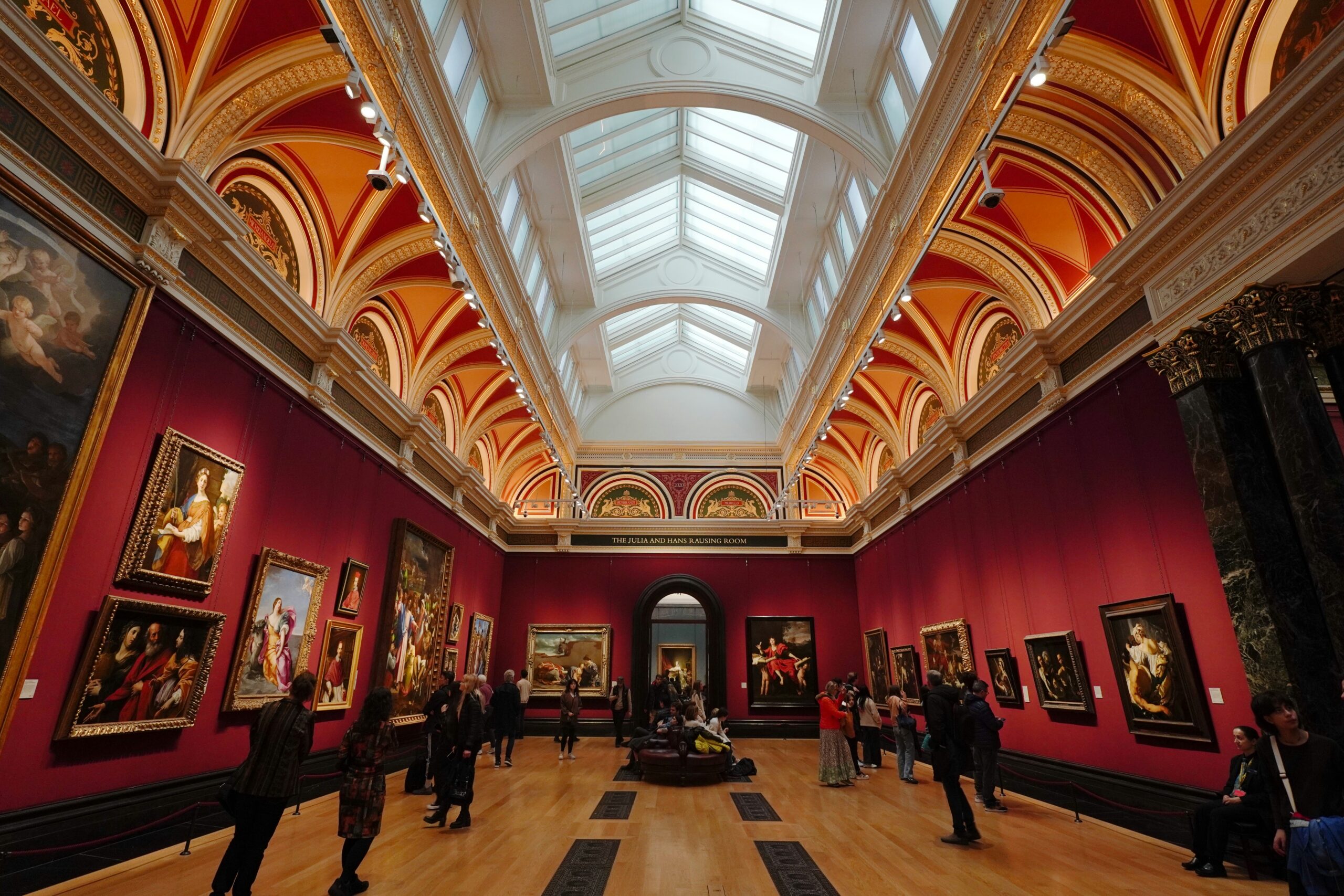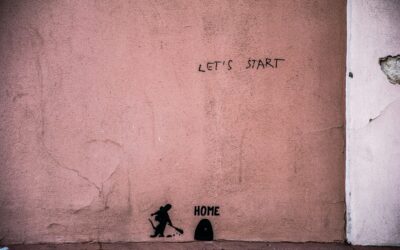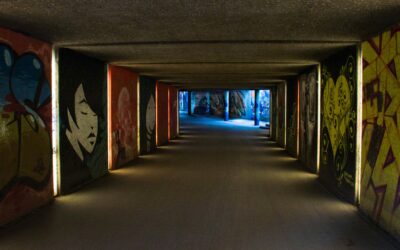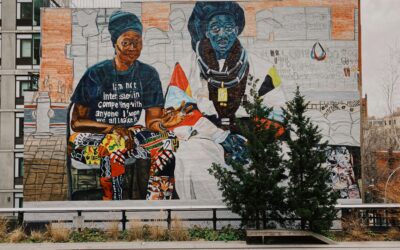Art and culture are often seen as complementary aspects of life, yet they are, in fact, the very heart of human identity. From prehistoric cave paintings to modern digital art, both serve as mirrors that reflect the values, beliefs, and aspirations of a society. This article explores how art and culture not only enrich our lives but also connect generations and shape how we understand the world.
The Meaning of Art in Cultural Context
Art is more than just visual beauty—it is a medium of communication, belief, and sometimes resistance. Every culture has its own forms of artistic expression, from traditional dances and wood carvings to folk songs. Behind each work lies a cultural narrative.
Take batik, for example. It’s not just a fabric pattern but a symbol of identity, life philosophy, and social structure in Javanese culture. Similarly, Balinese masks are not mere decorations but sacred objects deeply rooted in spiritual rituals.
Culture as a Shaper of Art
Culture determines how a society creates, interprets, and values art. In agrarian communities, art is often tied to natural cycles and spirituality. In modern cities, it becomes a space for social critique or personal exploration.
As globalization, technology, and cross-cultural interactions evolve, so too do artistic forms. But amidst these changes, art remains a means of grounding—preserving local culture from being erased.
Art and Culture as Global Dialogue Tools
In our increasingly connected world, art and culture play vital roles in fostering global dialogue. International cultural festivals, global art exhibitions, and cross-border collaborations in film and music all open doors to mutual understanding.
When we watch Iranian films, listen to African rhythms, or admire Japanese calligraphy, we’re essentially learning to understand other ways of seeing. Art becomes a universal language that bridges cultural gaps without needing translation.
Art as a Cultural Preserver
Culture that is not passed down will fade. Art plays a crucial role in documentation and preservation. Folktales in shadow puppets, songs passed through generations, and traditional textile motifs—all serve as “living archives” of a people’s identity.
Preservation doesn’t mean rigidity. Many young artists today reinterpret traditional culture through modern lenses—fusing gamelan music with electronic beats or incorporating ethnic patterns into contemporary design.
The Dilemma: Commercialization vs. Authenticity
As art and culture enter global markets, questions of authenticity arise. Traditional dances repackaged for tourism or indigenous motifs used in fashion without cultural understanding risk stripping meaning.
While this exposure helps spread local culture, it’s essential to balance innovation with respect. Artists and communities must ensure that cultural integrity is not sacrificed for aesthetics alone.
Art and Culture in Daily Life
Art and culture are not distant, elite concepts—they live in our daily habits. From the food we cook, the music we play, the clothes we wear, to the way we speak, culture surrounds us.
Wearing traditional clothing during festivals, cooking family recipes, or decorating with local crafts are all forms of cultural appreciation—living expressions of who we are.
Art and Culture Education: A Long-Term Investment
Teaching art and culture from an early age isn’t just about aesthetics. It nurtures personality, empathy, and creativity. Children who learn to draw batik or dance traditional steps learn discipline, self-expression, and respect for heritage.
More importantly, cultural education helps foster open-mindedness and innovative thinking—traits crucial in today’s fast-moving, complex world.
Conclusion: Preserving a Bridge of Identity
Art and culture are not frozen relics—they live and breathe with us. In an era of constant change, they serve as anchors—reminders of who we are and where we come from.
By caring for them, we’re not only preserving heritage but also building bridges between generations, communities, and nations. And in that connection, we rediscover our shared humanity.




